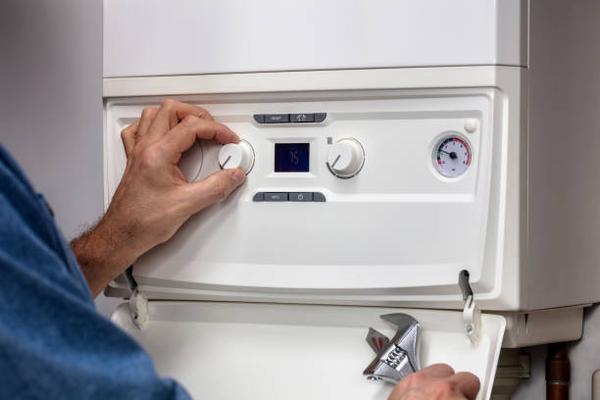
After installing a new water heater in your home, it is important to properly maintain it to ensure its longevity and efficiency. Regular maintenance can help prevent costly repairs and extend the life of your water heater. Here are some tips for maintaining your water heater after installation.
First, it is important to regularly check the temperature settings on your water heater. The ideal temperature for most households is around 120 degrees Fahrenheit. Anything higher than this can be wasteful and increase the risk of scalding injuries. You can adjust the temperature settings on your water heater by using a screwdriver or following the manufacturer’s instructions.
Next, you should periodically flush out your water heater to remove any sediment that may have built up inside. Sediment buildup can reduce the efficiency of your water heater and lead to corrosion over time. To flush out your water heater, turn off the power or gas supply and connect a garden hose to the drain valve at the bottom of the tank. Open the valve and let the tank drain completely before closing it again.
In addition to flushing out sediment, you should also check for leaks or signs of corrosion on your water heater regularly. Leaks Round Rock can indicate a problem with the tank or fittings, while corrosion can weaken the structure of your water heater and lead to leaks over time. If you notice any leaks or signs of corrosion, contact a professional plumber for repairs.
Another important aspect of maintaining your water heater is checking its pressure relief valve regularly. The pressure relief valve is designed to release excess pressure from inside the tank in case it becomes too high. You should test this valve at least once a year by lifting up on its handle slightly until you hear a rush of air or see some hot water coming out. If nothing happens when you lift up on the handle, or if there is continuous leaking from this valve, it may need to be replaced.
Finally, consider insulating your hot water pipes and tank if they are located in an unheated area such as a basement or garage. Insulation can help reduce heat loss from these areas and improve overall energy efficiency in your home.
By following these tips for maintaining your water heater after installation, you can ensure that it continues to provide hot water efficiently for years to come while avoiding costly repairs down-the-line.
Austin Area Plumbing
123 E Old Settlers Blvd #102, Round Rock, TX 78664
737-510-7479